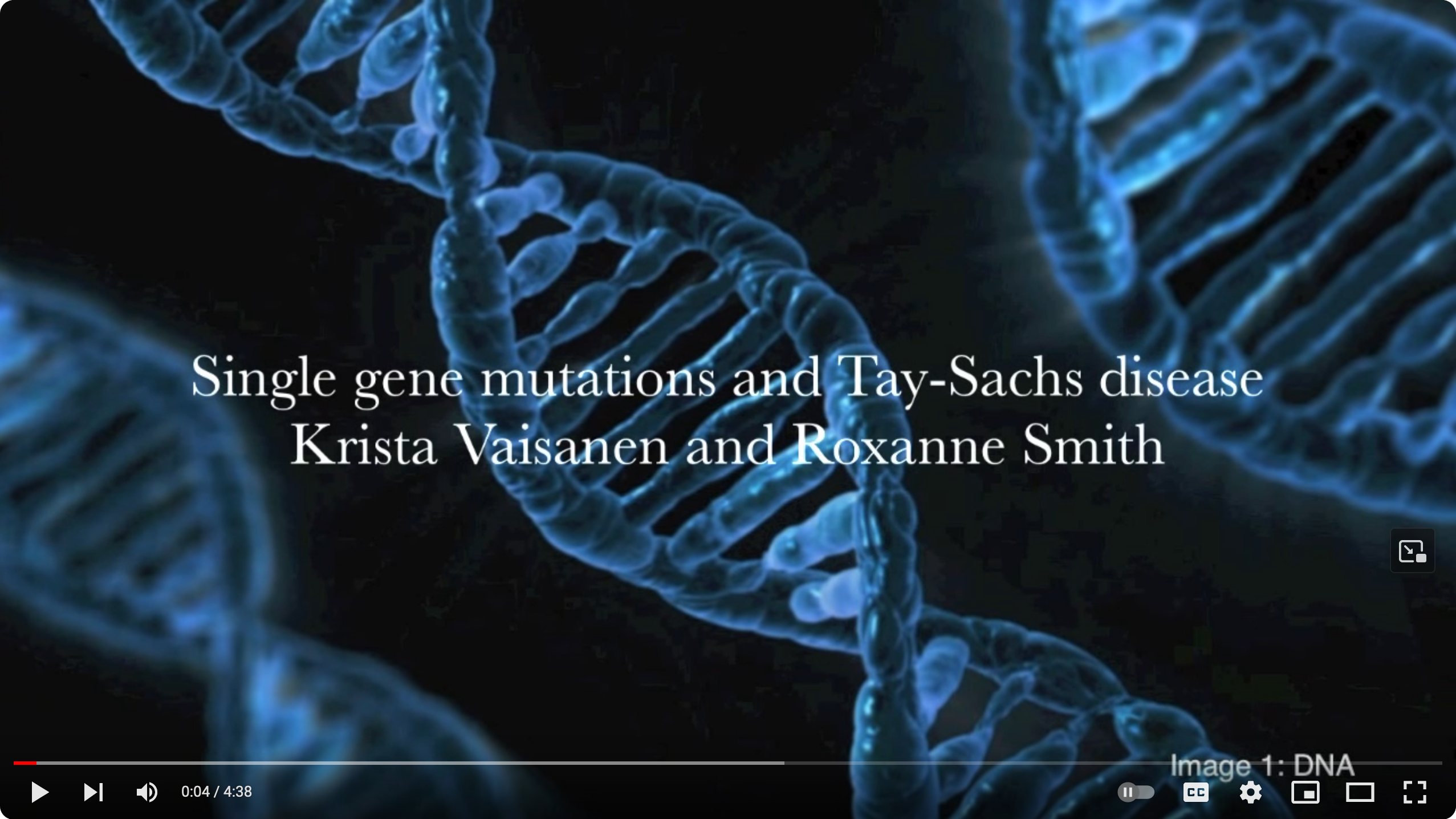Tay-Sachs Research Made Easy:
A User-Friendly Guide
Tay-Sachs disease is a complex condition that may be overwhelming to understand for friends and family members of those affected. It’s a genetic disorder, occurring when a gene mutation interferes with an enzyme, Hex-A, which is crucial for cleaning up a substance called GM2 in our brain cells. Without Hex-A doing its job, GM2 accumulates, leading to cell damage and death.
Research Focus
Potential Treatments
Other Research
Pursuit of a Cure
Gene Therapy
Research Focus
Research Focus: Overcoming GM2 Accumulation
Research into Tay-Sachs is focused on overcoming this GM2 accumulation issue. Strategies include increasing Hex-A production, finding alternatives to combat GM2, or reducing GM2 production. However, getting treatments to the affected areas in the brain is a major challenge due to the protective blood-brain barrier, which is like a fortress protecting our brain from harmful substances.
Potential Treatments
Exploring Potential Treatments
There are numerous potential treatments being explored. Chaperone drugs assist mutated Hex-A to function better, slowing down disease progression. Inhibitor substrates reduce GM2 production, thereby slowing down brain cell death. Enzyme Replacement Therapy (ERT) aims to introduce more Hex-A to reduce GM2 accumulation. Gene therapy uses a virus to transport Hex-A into the brain, where it can then generate more Hex-A. Stem Cell Treatment utilizes our own stem cells to produce Hex-A, which could potentially simplify the process and lower the risk of complications.
Other Research
Other Research Avenues
Other research includes testing substances like Cyclodextrin, which might help in the breakdown of GM2. There’s also exciting technology like CRISPR, which fixes broken genes, but it’s not yet advanced enough to treat Tay-Sachs due to the enormous number of affected genes.
Pursuit of a Cure
The Pursuit of a Cure
When we talk about a “cure,” we’re referring to both halting disease progression (stopping GM2 accumulation) and repairing any damage already done. Unfortunately, reviving dead brain cells is currently impossible, but there’s still a lot of hope riding on future research advancements.
Gene Therapy
Advancements in Gene Therapy
We’re witnessing rapid strides in Gene Therapy advancements for Tay-Sachs and Sandhoff diseases, with potential clinical trials that may benefit your child. At its core, Gene Therapy uses molecular vectors to transport curative genes into the brain cells affected by these diseases. Once there, these vectors prompt the production of the Hex-A enzyme, eliminating brain cell damage, potentially reversing deficits, and resuming normal neurological development. As Tay-Sachs is caused by a single gene mutation, introducing one or two genes might be all it takes to restore enzyme activity. Notably, cells can absorb Hex-A produced in the brain. For the most up-to-date information, call us at 562-212-1071.

